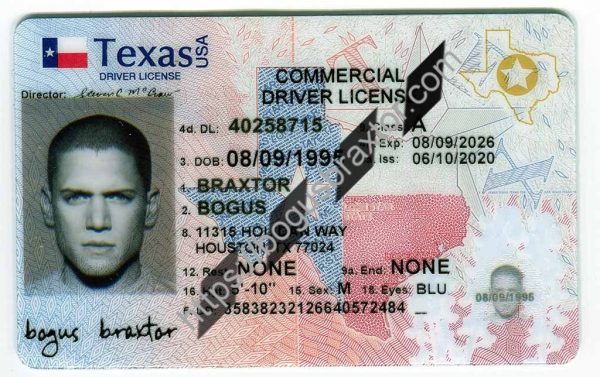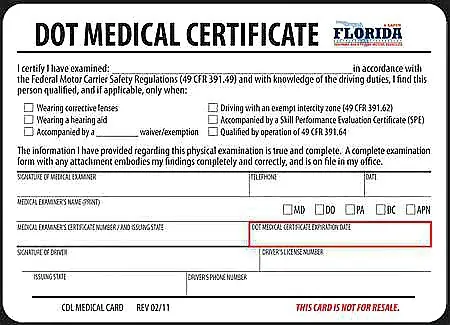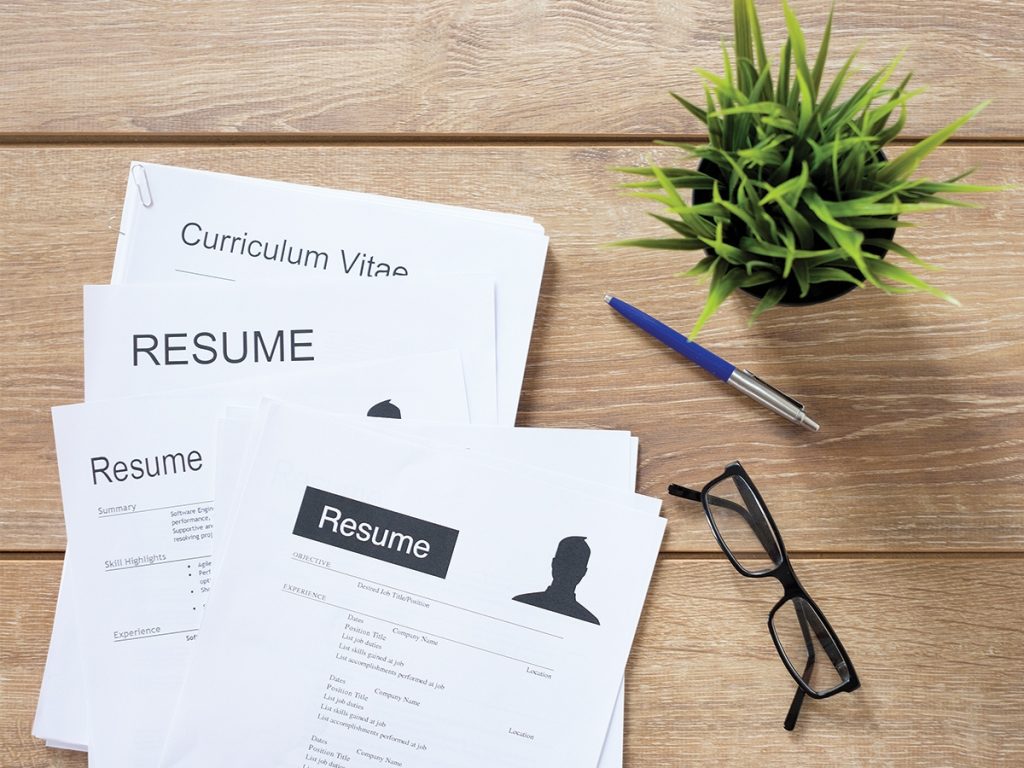How to get a CDL in Texas and start a career as a commercial driver is probably a question at this point. Come to our guide which breaks down the entire process, from meeting the requirements to passing the necessary tests. Whether it’s a Class A, B, or any endorsement, this complete explanation will walk you through each phase of the process to make sure that you are completely prepared to obtain your Commercial Driver’s License in Texas. Let’s dive into the details below!
What are the requirements for CDL in Texas?
Listed below are some basic requirements you need to obtain a CDL in Texas, followed by the Texas Department of Public Safety:
- You must be at least 18 to drive within Texas.
- You must be at least 21 to drive across state lines or throughout the country.
- Have a valid Texas driver’s license.
- Pass the written test to possess a CLP at least 14 days prior to taking the CDL skill test.
- Complete Entry Level Driver Training (ELDT) from an FMCSA-approved program. ACE Driving Academy is registered with the FMCSA to provide ELDT.
- A current DOT Medical Examiner’s Certificate and medical examination.
- Pass a three-part driving skills test on the type of commercial motor vehicle you will be driving.
- Provide proof of identity of Texas residency.
- Be fingerprinted.
- Pass a vision test.

How do you get a CDL license in Texas?
Getting a Texas Driver’s License involves several steps, each of which comprises two types of tests: written and skills tests.
Take the CDL written knowledge test
The first step you’ll need to do to get a Texas CDL is to take a written knowledge test. The number of the tests you have to ace is up to your goals on CDL class and the endorsement.
- General Knowledge Test: This is a required test and covers the very basic field of issues such as vehicle operations, driving safety, and state regulations. Anyone applying for a CDL is forced to take this test, which will cover the basics of driving commercially. There are 50 multiple-choice questions and the correct 80% is a passing condition.
- Endorsement tests (if applicable): Operating special types of vehicles, such as transporting hazardous materials or carrying passengers by bus, also requires additional testing for licensure. These tests will tell if you have learned the special rules and skills for operating these types of vehicles. The common endorsements include:
| Endorsement test | Total Questions | Passing score |
| Hazardous Materials | 30 | 24 |
| Passenger Transport | 20 | 16 |
| Doubles/Triples | 20 | 16 |
| School Bus | 20 | 16 |
| Tank Vehicle | 20 | 16 |
- Air brakes test (if applicable): The air brakes test will measure your knowledge about air brake systems and the associated safety concerns, essential to operating certain commercial vehicles safely. The test is 25 multiple-choice questions in design; questions range over major areas including components of the braking system, the best way to conduct a proper inspection, and recognition of warning signals. You’ll be expected to answer questions about safe uses, inspections, and troubleshooting of air brakes. It provides a minimum passing mark of 80%, which is considered competent in operating air-braked vehicles safely on the road.
- Combination vehicles test (if applicable): The combination written test covers your knowledge of safely driving combination vehicles, such as trucks with trailers. This is a 20 multiple-choice test that will be based on essential areas including coupling and uncoupling techniques, rollover hazards, and managing the trailers in different road situations. You will also be required to show a proper method of inspecting and troubleshooting combination vehicle problems. You must have an 80% passing score to identify that you are competent in operating the vehicle safely.
Once you pass all the required knowledge tests, a Commercial Learner’s Permit (CLP) is issued and 14 days later you can enter the skills tests.
Take the Texas CDL practice test now!
Take the CDL skills tests
After completing the written part successfully, the next challenge is the CDL skills test. It is a practical test of competency to safely drive a commercial vehicle. This practical skills test comprises three major components:
Pre-trip inspection
The pre-trip inspection is a very important part of the skills test in which you have to go through your vehicle in great detail. You will be required to:
- Look for key components such as brakes, lights, tires, engine systems, mirrors, and windshield wipers.
- Identify and describe each component’s function in relationship to vehicle safety and operation.
- Make sure that nothing is broken and/or does not work before hitting the road.
It proves that you know how to locate any part of your commercial vehicle that may have a problem or not function properly to safely operate your vehicle. You will be graded on the completeness, accuracy, and ability to articulate the importance of each part of the inspection.
Basic vehicle control
Section two, basic vehicle control, describes your control over the vehicle in a restricted or enclosed operating space. You will be required to perform during this test that you can:
- Back the vehicle safely and smoothly in a straight line or at an angle.
- Execute sharp turns without the cones or barriers being touched; demonstrate control of the size of the vehicle.
- Position the vehicle within a marked space, either parallel or dock parking, for a simulation of commercial driving as it would actually occur.
This part will challenge your skill of precision handling of the vehicle. It will prove that you can drive safely even in a restricted space, which is imperative in tasks such as loading or unloading your cargo or docking.
On-road driving
The final and most complete element is driving on the road, where you will take the vehicle onto public roads under the supervision of the examiner. You will be assessed on how well you can:
- Join traffic smoothly, continuing with the relevant speed and making the appropriate signal.
- Make tight and wide turns through intersections without crossing over lane lines or curbs.
- Follow the traffic signs and signals; show a distinct understanding of the road laws.
- Keep a safe following distance, keep frequently checking mirrors, and drive through intersections, highways, and local roads.
Receive the actual license
Once you have successfully passed both the written test and the skills test, your Texas CDL will be issued. Remember to keep up with any endorsements required and renew your license as needed.
FAQs
1. How to get a CDL in Texas without school?
While attending the school for a CDL is not necessary, studying on your own or with the help of an experienced commercial driver is required. You will have to take both written and skills tests on your own.
2. What disqualifies you from getting a CDL in Texas?
Certain convictions like DWI/DUI, serious traffic offenses, or felonies may render one ineligible to obtain a CDL. Also, not meeting medical requirements is one more ground for disqualification.
3. How to get a CDL in Texas for free?
Some programs, like Workforce Solutions, offer financing or full reimbursement of all costs related to CDL training, provided the applicant is eligible for such an offer or employer-paid training.
4. How to get a class A CDL in Texas?
A Class A CDL requires applicants to take both written and skills testing in tractor-trailers and other combination vehicles. This license category covers combination vehicles with a gross weight of 26,001 pounds or more.
5. How to get CDL in Texas online?
While you cannot get a completely online CDL, you can take online courses to help you study for the Texas CDL written test. However, actual tests must be taken in person at a Texas DPS location.
6. Can you get a CDL with a felony in Texas?
Yes, you can get a CDL with a felony in Texas; however, there is a possibility of certain convictions disqualifying you based on the nature of the offense, especially when that offense is connected with operating a vehicle.
7. How old to get a CDL in Texas?
You must be at least 18 years old to obtain an intrastate driving CDL and 21 years for interstate driving.
8. How much is it to get a CDL in Texas?
The cost of obtaining a CDL in Texas varies, but usually ranges from $60 to $200, depending on the class of license and endorsements. Other costs may include training, which costs between $3,000 and $7,000 if one seeks to join a driving school.
9. How to get a class B CDL in Texas?
For a Class B CDL, which is for single vehicles over 26,001 pounds, you’ll need to pass the written and skills tests for that class of vehicle.
10. Can you get a CDL with 2 DWI in Texas?
A fact of having multiple DWIs will severely affect your chances of getting a CDL. A Texas law does not allow any person with more than one DWI to obtain a CDL for life.
Final thoughts
Getting your CDL in Texas means taking one huge leap toward a very promising career in commercial driving. Found the way how to get a CDL in Texas then get ready to hit the road with confidence by fulfilling the requirements and successfully completing the testing process. This guide will help you get on track to earning your license. Keep going!



